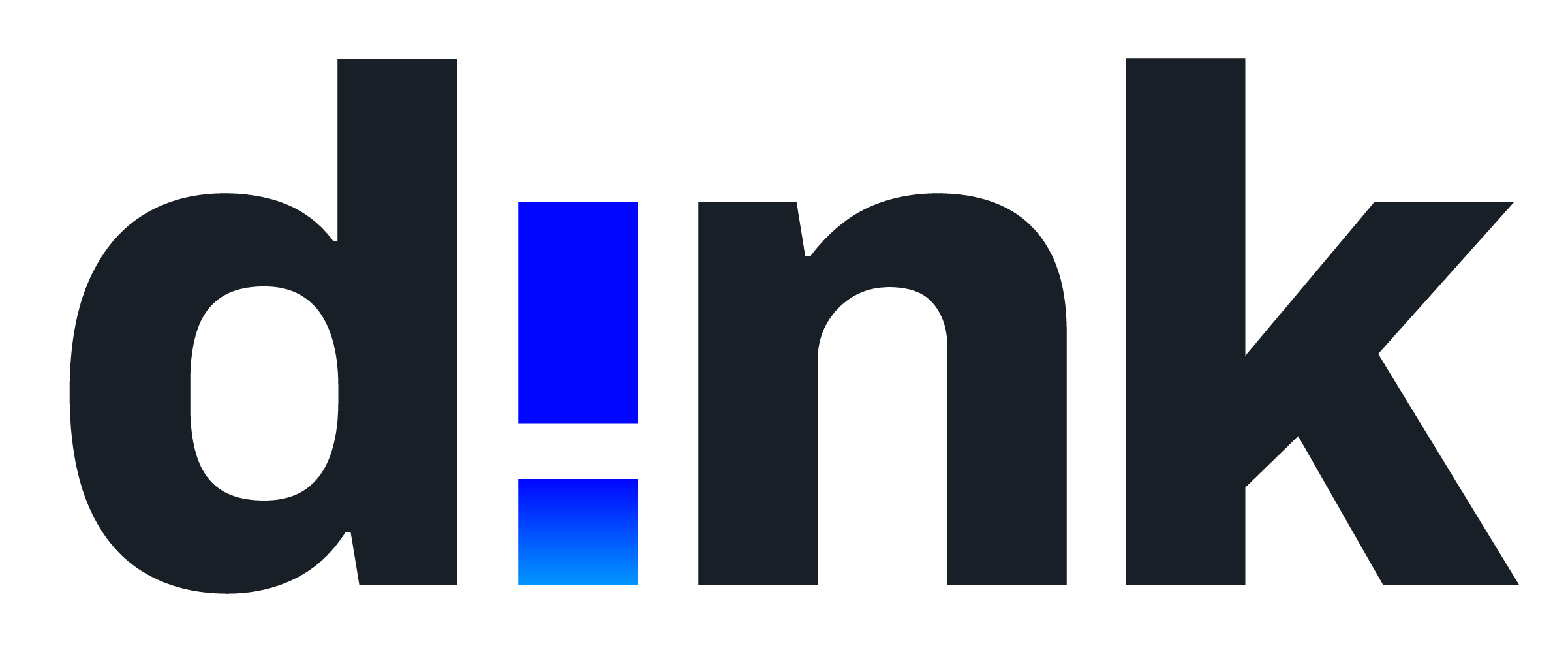Outdated software isn’t just a technical problem—it’s a business risk. Learn how legacy code affects performance, innovation, and scalability.
In many companies, legacy code sits quietly in the background—powering critical operations, customer platforms, and internal systems. But over time, what was once a functional solution can turn into a hidden obstacle that affects performance, innovation, and growth.
If your business relies on outdated systems or software that’s difficult to update, you’re likely feeling the impact—even if you haven’t labeled it as a “tech issue.”
The Real Business Costs of Legacy Code
-
Slower Time-to-Market
When developers spend more time fixing bugs or deciphering old code structures, launching new features takes longer. This delay can directly affect your ability to respond to market changes or customer demands. -
Increased Maintenance Costs
Legacy systems often require specialized knowledge to maintain—leading to higher support costs and dependency on hard-to-find developers who still understand older technologies. -
Scalability Issues
As your business grows, your software needs to scale. Legacy code often isn’t built for modern workloads or integration with new platforms, making expansion difficult or costly. -
Security Vulnerabilities
Outdated code may lack modern security standards, leaving your systems exposed to cyber threats and compliance risks. -
Reduced Team Productivity
A development team stuck managing fragile legacy systems has less time for strategic projects that drive business value.
Signs You’re Being Held Back by Legacy Code
-
Frequent system outages or downtime
-
Long lead times for new feature releases
-
Difficulty finding developers who understand your current tech stack
-
Growing operational costs tied to system maintenance
-
Inability to integrate with modern tools or platforms
If any of these sound familiar, it’s time to start thinking about modernization.
What’s the Solution?
A complete rebuild isn’t always necessary—but a strategic modernization plan is.
At Dink, we help companies assess their current software landscape, identify critical bottlenecks, and plan phased modernization projects. Sometimes that means refactoring specific modules, other times it involves creating APIs to connect legacy systems with newer tools.
The goal is always the same: to make your technology work for your business, not against it.
Want to know how much your legacy code is really costing you?
Get in touch for a system assessment and let’s discuss how to unlock performance, scalability, and future growth.

